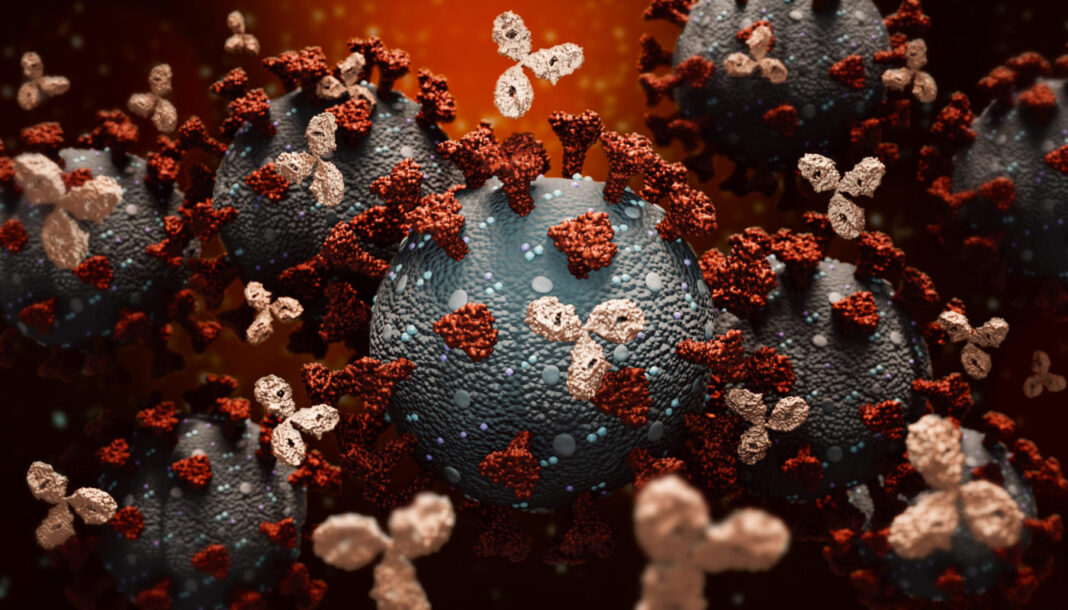GSK has an antibody discovery arm that finds lead candidates that move into cell-line development (CLD). Before 2017, the CLD arm was able to develop cell lines for 4–5 molecules per year, according to Robyn Emmins, PhD, group leader for CLD at GSK.
This was due to an 8–12-week process of cloning cells, growing them in microwells, picking the best producers and scaling up to production scale. According to Emmins, this process was laborious, especially for the new generation of complex antibody products, such as multi-specifics.
In August 2017, the company was among the first to take delivery of a Berkeley Lights Beacon® Optifluidics system. This system uses light to move individual cells into NanoPen chambers, each 10,000 times smaller than a well on a microwell plate. Here they are grown and can be repeatedly analyzed with the company’s SpotLight assays.
The small volumes of the NanoPen chambers mean higher-producing clones can be identified in a few days, rather than being cultured for weeks, Emmins explains.
After a year of proof-of-concept testing, GSK retired their Fluorescence-Activated Cell Sorting (FACS) system and are now using the Beacon Optifluidics system for multi-lead CLD.
According to Emmins, the Beacon system has allowed them to take multiple leads into CLD simultaneously. “We haven’t reduced our CLD timeline, but we’ve made a much bigger impact on the whole end-to-end biopharma timeline,” she said.
GSK can now screen 1,500 to 4,500 clones for one lead molecule, an increase in screening capability of 5–15 times or a doubling or tripling for multiple leads. “We’ve been able to screen more molecules per project and clones per lead, meaning we can engage with our discovery colleagues earlier,” she explains.


